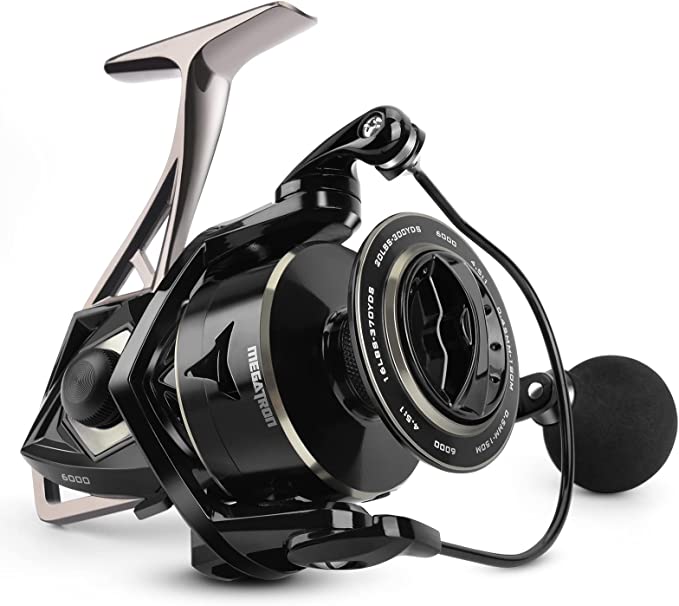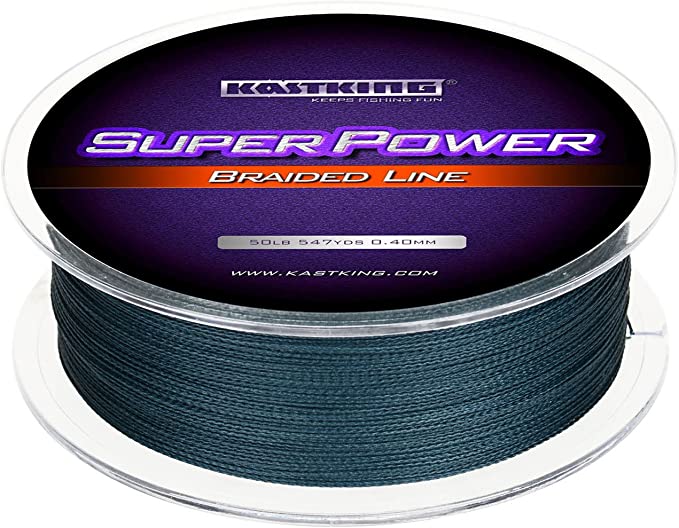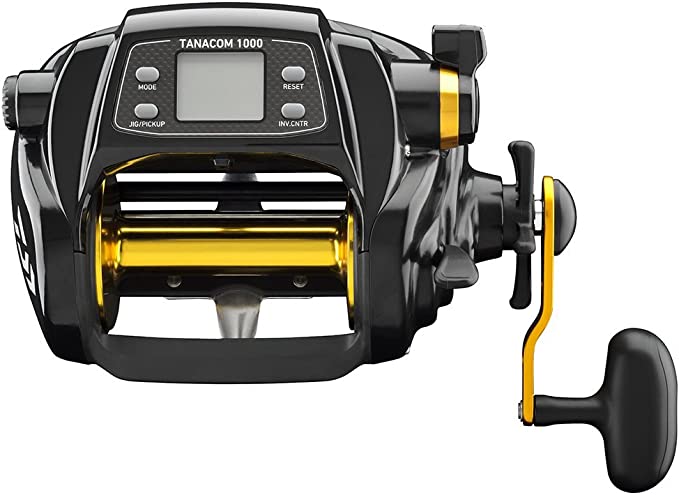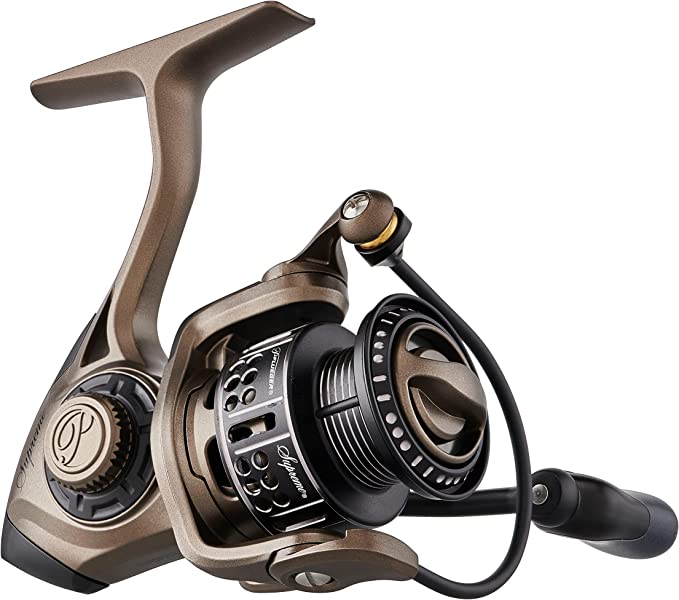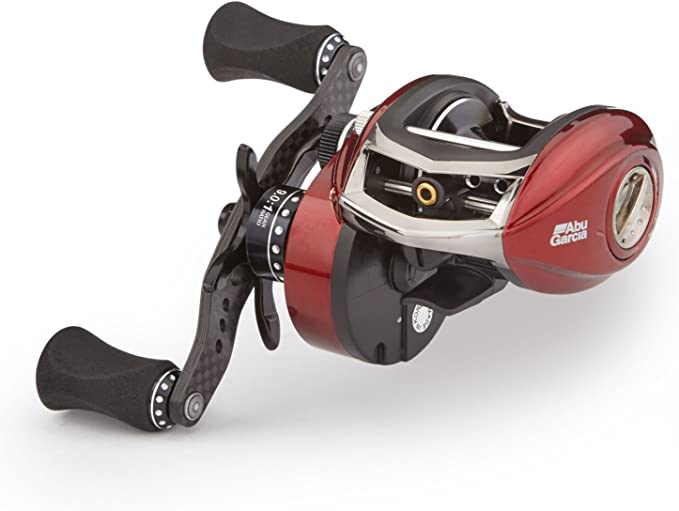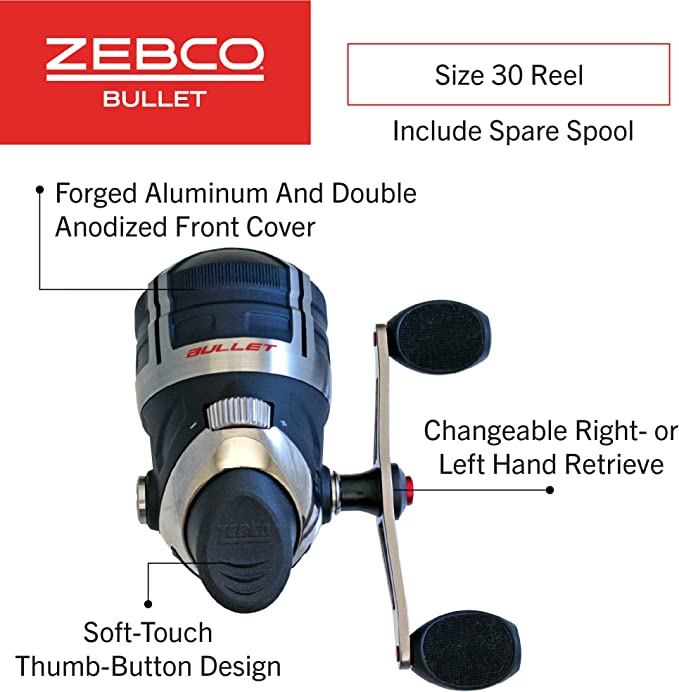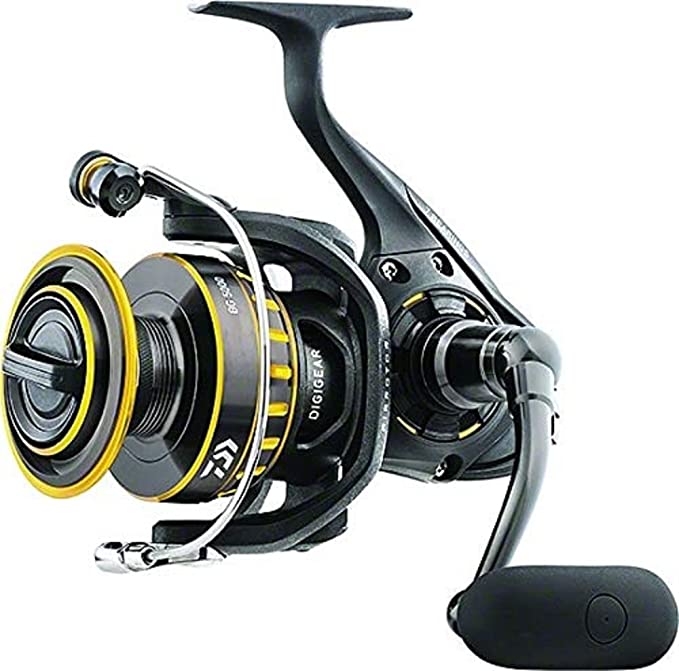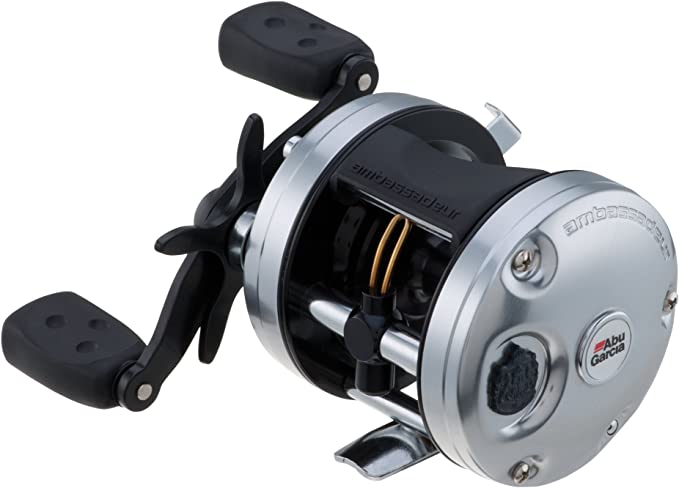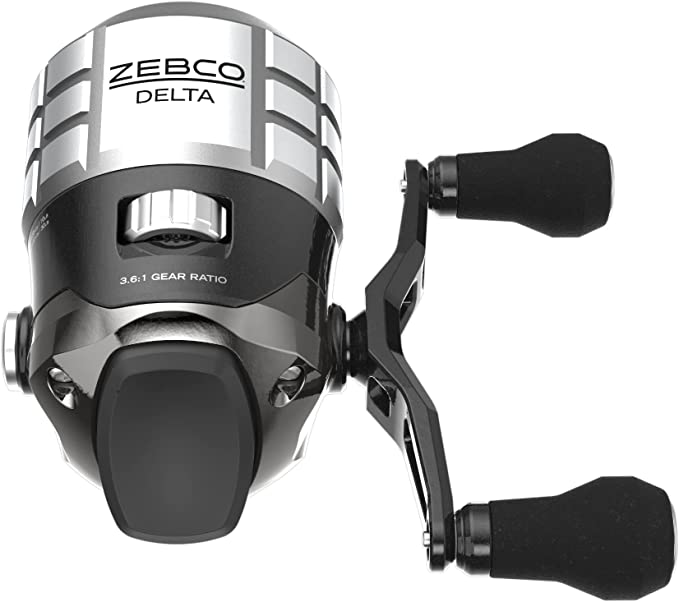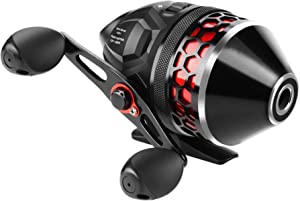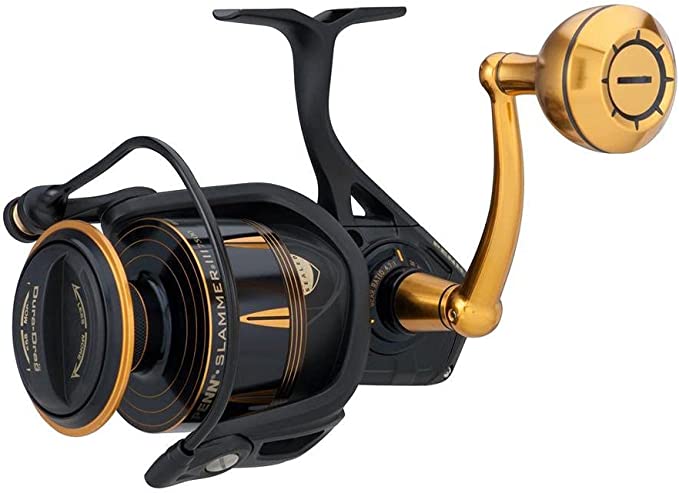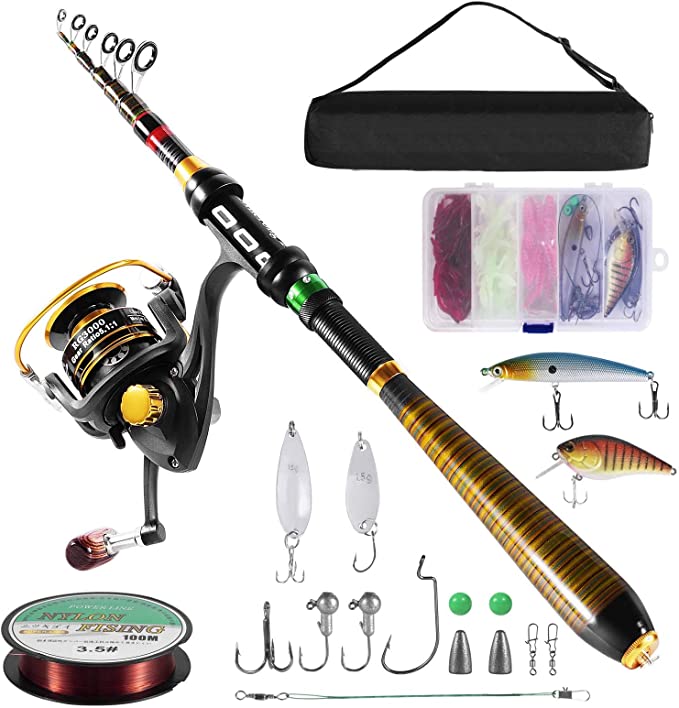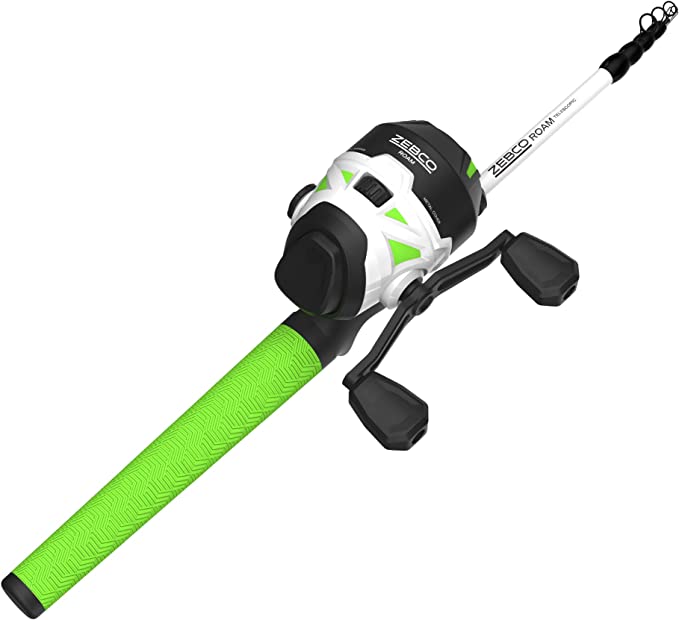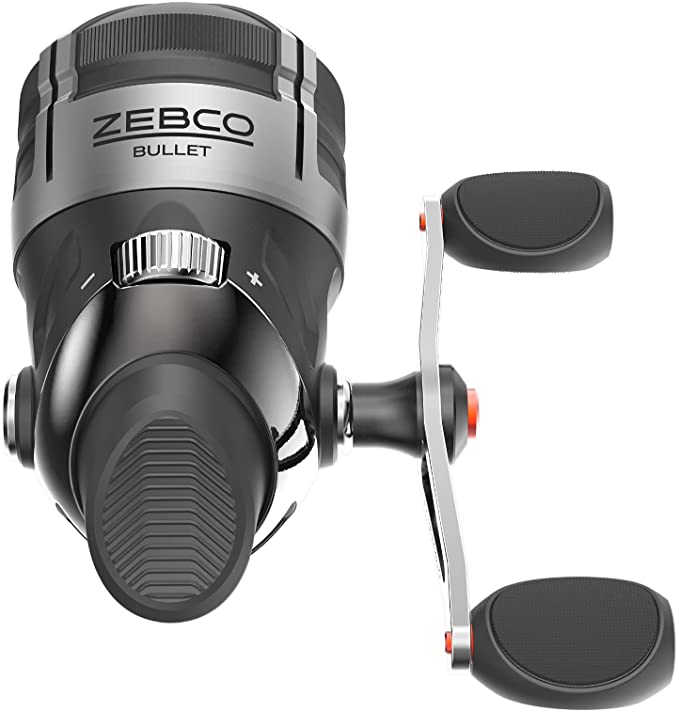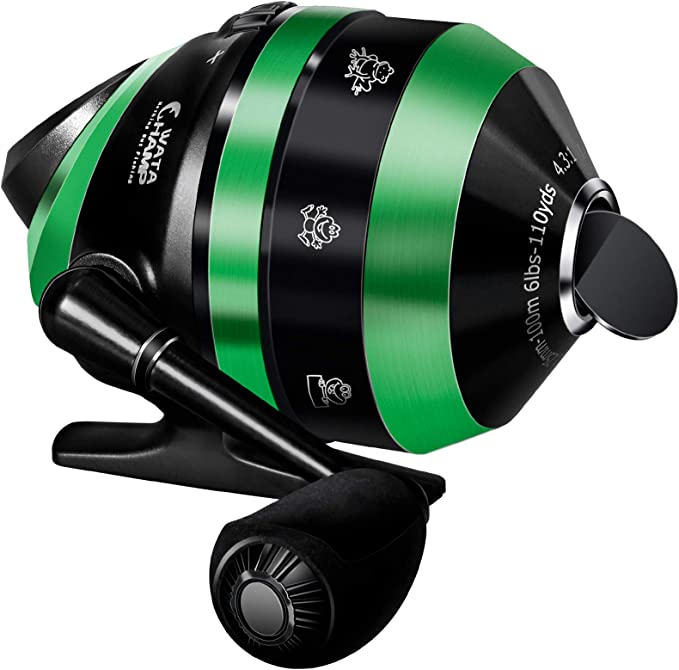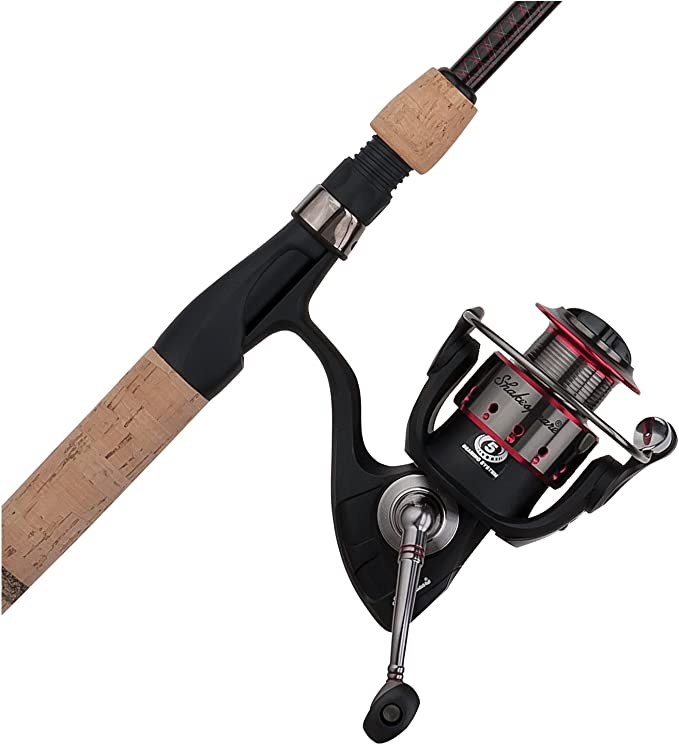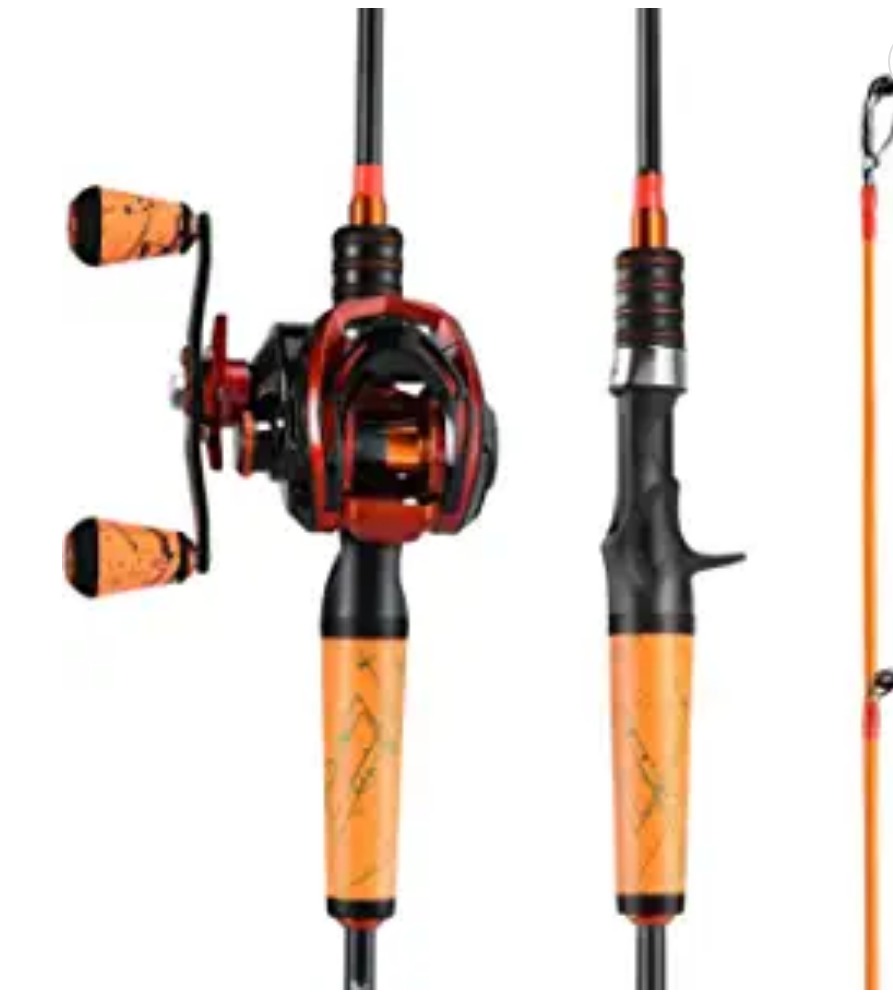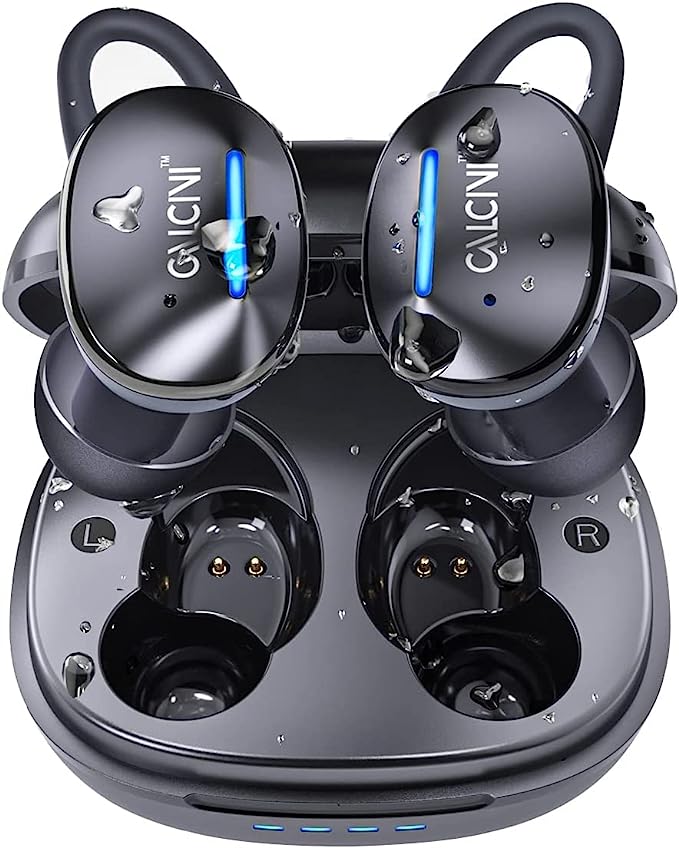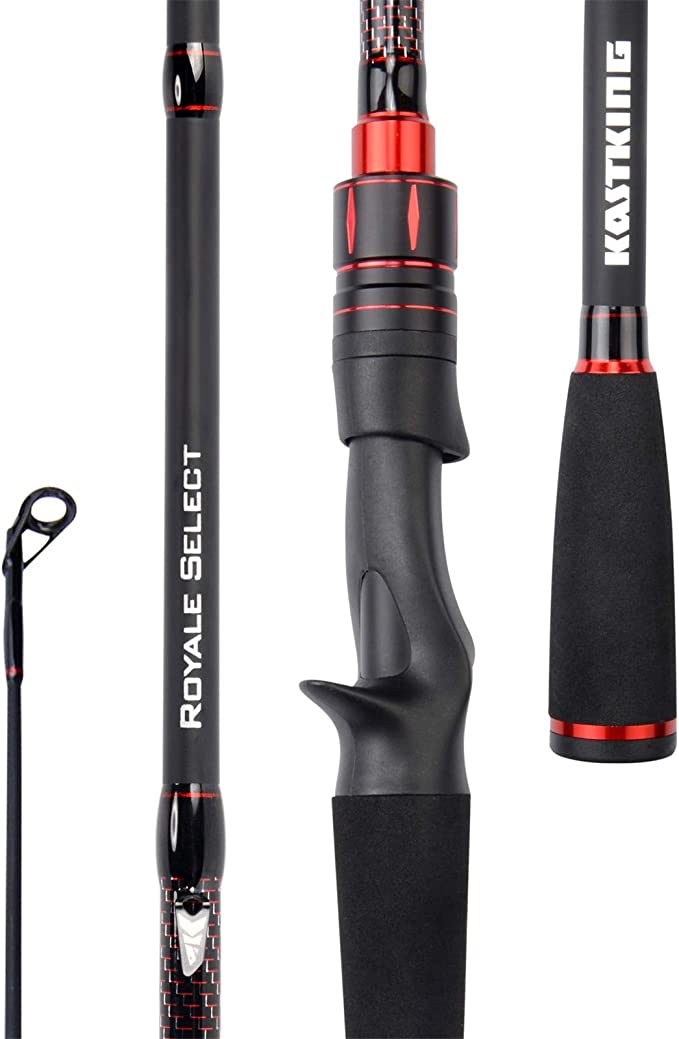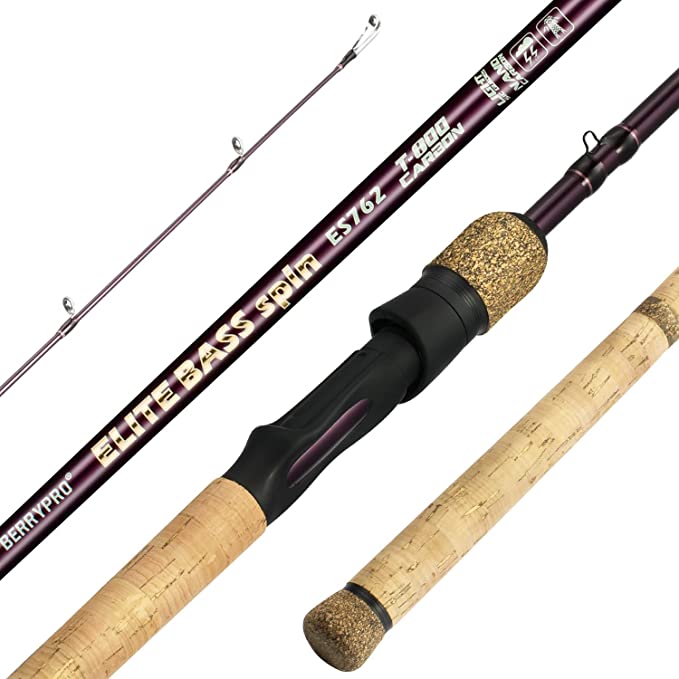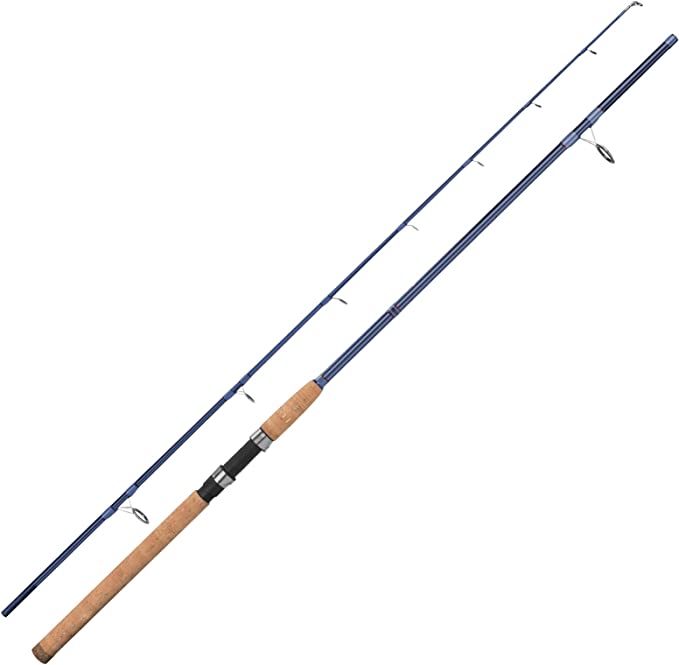Joyday H7000: The Smart Spinning Reel That Makes Every Cast Count
Update on June 13, 2025, 3:21 p.m.
The first sliver of dawn paints the water, and with a practiced flick of the wrist, your line arcs out, a silent promise to the depths. Then, the jolt – that electric connection to something wild and unseen. In these moments, between you and the raw power of nature, stands a piece of meticulously engineered equipment: your fishing reel. It’s more than just a winch; it’s a sophisticated instrument. Today, we’re not just looking at a reel; we’re prying open the casing of the Joyday H7000 Spinning Reel to explore the fascinating blend of physics, material science, and clever engineering that allows it to perform. Forget the marketing slogans for a moment; let’s talk about what truly makes this (and any good reel) sing.

The Powerhouse Within: Decoding the Gear System
At the heart of any reel lies its ability to retrieve line, and this is orchestrated by the gear system. The Joyday H7000 specifies a 5.2:1 gear ratio. Now, what on earth does that mean? Imagine it like the transmission in your car. For every single, complete rotation you make with the handle, the bail arm (the wire hoop that guides line onto the spool) whirls around the spool 5.2 times. This isn’t an arbitrary number. It’s a carefully chosen balance. A higher first number would mean faster line pickup – great for quickly retrieving slack or working a lure that needs a swift presentation. A lower number would offer more cranking power, or torque, making it easier to winch in a stubborn fish. The 5.2:1 ratio is a popular workhorse, offering a versatile blend – quick enough for many applications, yet still providing decent mechanical advantage when you’re battling something with a bit of fight. Think of it as a well-tuned compromise, a mechanical handshake between speed and strength.
But what are these gears made of? The H7000 documentation mentions “precision machined brass gears” and a “Zinc Alloy drive gear.” This choice of materials is quite deliberate. Brass has long been a favorite for smaller gears in reels. Why? It’s reasonably corrosion-resistant (a must when you’re dealing with water constantly!), has a certain degree of natural lubricity that helps gears mesh smoothly, and can be machined to very tight tolerances. That “precision machined” part is crucial; sloppy gears feel rough and rob you of power. The main drive gear, often larger and subject to significant stress, being made of a zinc alloy is also common. Zinc alloys can offer good strength and are relatively economical to produce, often through die-casting processes. The synergy here is key: the right materials, shaped with precision, to transfer your effort efficiently to the line.

The Secret to Silky Smoothness: The World of 12 Ball Bearings
If there’s one word anglers love to hear associated with their reels, it’s “smooth.” The Joyday H7000 boasts “superior shielded 12 corrosion resistant ball bearings,” with the technical details confirming the bearing material as “Stainless Steel.” So, what’s the big deal about 12 bearings? Are more always better? Well, it’s a bit more nuanced than that, but let’s first understand what these tiny marvels do.
At its simplest, a ball bearing dramatically reduces friction. Imagine trying to drag a heavy box across the floor (that’s sliding friction – tough work!). Now, put that box on a trolley with wheels (that’s rolling friction – much easier!). Ball bearings do exactly that for the moving parts inside your reel – the main shaft that the spool rides on, the handle assembly, the line roller in the bail arm. Instead of metal grinding against metal, you have hardened steel balls rolling with almost effortless grace. The result? Line peels off the spool more freely during a cast, potentially giving you more distance. Retrieving feels less like work and more like a fluid motion. And, importantly, a smoother reel can transmit those subtle tell-tale taps of a curious fish more clearly to your hand.
The “corrosion resistant” and “Stainless Steel” aspects are vital. Your reel is going to get wet. If it’s saltwater, that’s an even bigger challenge. Stainless steel, thanks to its chromium content, forms a very thin, invisible, and self-healing layer of chromium oxide on its surface. This “passive layer” is like a microscopic suit of armor, protecting the steel underneath from rust and degradation. The term “shielded” refers to the type of protection on the bearing itself. Shielded bearings typically have metal plates on either side that sit very close to the inner race (the part the balls roll on) but don’t actually touch it. This creates a labyrinth that helps keep out larger particles of grit and dust and helps retain the grease packed inside. While not fully waterproof like “sealed” bearings (which use rubber seals that make contact), high-quality shielded stainless steel bearings offer a good balance of protection and low friction for many fishing applications. The quantity of 12 bearings, if well-placed and of decent quality, can indeed contribute significantly to that coveted smoothness.

The Moment of Truth: Unraveling the 39.5LB Drag System
When that big one hits and starts peeling line off your reel with a purpose, the drag system becomes your most crucial ally. The Joyday H7000 makes a bold claim: a “39.5LB Carbon Fiber Drag.” That’s nearly 18 kilograms of stopping power! But what is “drag,” and how does it work?
Think of the drag as a highly sophisticated, adjustable clutch. Its job isn’t just to stop the fish, but to apply a consistent, smooth pressure that allows the fish to take line before the line snaps or your rod breaks. It’s a controlled surrender that gradually wears the fish down. This is achieved through a stack of washers inside the spool – typically alternating metal washers with friction washers. When you tighten the drag knob, you compress this stack, increasing the friction between the washers.
The term “Carbon Fiber Drag” is where things get particularly interesting. True carbon fiber drag washers (often sold under brand names like Carbontex™) are prized for several reasons. Carbon fiber is incredibly stable under heat – and believe me, when a big fish makes a long, screaming run, those drag washers can get surprisingly hot! Unlike older materials like felt or some plastics which can compress, glaze over, or become jerky when hot, carbon fiber tends to maintain its smooth, consistent pressure. It also has low “stiction,” meaning it doesn’t grab suddenly when the drag starts to give; it engages smoothly.
Now, let’s address an elephant in the room, or rather, an angler’s keen observation. A user named Anthony Mihovilovich, reviewing the H4000 model (a sibling to the H7000), voiced skepticism. He inspected his reel and suggested the drag washers appeared to be “PLASTIC DRAG WASHERS” with “SILCONE WASHERS,” not the robust carbon fiber he expected for such a high drag rating. He estimated the actual drag to be much lower, perhaps around 20 lbs at best. This is a valuable piece of real-world feedback.
So, what could be happening here? Several possibilities:
1. Material Nuances: The term “carbon fiber drag” can sometimes be used a bit loosely in marketing. It might refer to washers made from a carbon composite (carbon particles embedded in a polymer) rather than pure, woven carbon fiber fabric layers found in high-end systems. These composites can offer improved performance over basic plastic or felt but might not match the thermal stability or ultimate strength of premium carbon.
2. Model Variation: The review was for an H4000. It’s possible the H7000 has a different drag stack, though manufacturers often try to maintain consistency in a series.
3. The “Stack” is Key: A drag system’s performance depends on the entire stack – the number of washers, their diameter, the quality of the metal keyed washers they rub against, and the evenness of the pressure applied by the drag knob.
4. Achieving the Rating: That 39.5LB figure is a maximum claimed rating. Achieving that much usable, smooth drag without damaging the reel or having the drag become incredibly jerky is a tall order for any reel, especially in this price segment. It often requires a very robust “Reinforced main shaft” (which the H7000 product description does claim with an “extra-hard metal main shaft”) and gears that can withstand that immense pressure. Perhaps the 39.5LB is a theoretical lockdown drag, not a practical fishing drag.
From an engineering standpoint, claiming a high drag number is one thing; delivering it smoothly and consistently, fish after fish, is another. It’s a testament to the complex interplay of materials, design, and manufacturing tolerances. This user feedback highlights the importance of looking beyond just the numbers and considering the real-world construction.
The Art of the Build: Material Science and Precision Crafting
A reel isn’t just about its guts; its frame and spool need to be up to the task too. The H7000 product details list its overall “Material” as “Carbon.” This is a tantalizingly vague term in the world of polymers and composites. In modern fishing reels, “carbon” often refers to a carbon fiber reinforced polymer – essentially, short strands or particles of super-strong, super-light carbon fibers mixed into a plastic resin (like nylon or ABS) and then injection molded into the shape of the reel body or rotor. This is a fantastic way to achieve significant weight reduction without sacrificing too much rigidity. And indeed, the H7000 is touted as “Ultralight,” with the H7000 model weighing in at a mere 275 grams (or 9.7 ounces). For an angler casting all day, every gram saved can mean less fatigue and more enjoyment.
The spool, the part that holds your precious line, is described as a “CNC machined aluminum spool” with a “high strength two color anodized” finish. Let’s break that down. “CNC machined” means Computer Numerical Control. Essentially, a solid block of aluminum is precisely carved into the spool’s intricate shape by computer-controlled cutting tools. This process allows for very high precision, ensuring the spool is perfectly balanced (to prevent wobbling during fast retrieves or casts) and that its surfaces are smooth for optimal line lay. Aluminum itself is a great choice for spools – it’s lightweight yet strong.
The “anodized” part is a clever bit of electrochemical magic. The aluminum spool is submerged in an electrolyte bath, and an electric current is passed through it. This forces the surface of the aluminum to oxidize in a very controlled way, creating a layer of aluminum oxide that is much harder and more durable than naturally occurring oxidation. Think of it as giving the aluminum a super-tough, corrosion-resistant skin. This anodized layer also happens to be porous before it’s sealed, which allows it to be dyed, hence the “two color” aesthetic that many anglers find appealing. It’s beauty and brawn combined.
Finally, the “Handle Material” is listed as “Aluminum.” Again, a solid choice for its favorable strength-to-weight ratio, providing a direct and sturdy connection when you’re cranking down on a fish.
Designed for the Angler: Ergonomics and On-Water Versatility
Beyond raw power and smooth gears, a good reel needs to feel right in your hands and adapt to your style. The H7000 offers an “Ambidextrous” design thanks to its “Reversible Handle.” This is a wonderfully simple yet crucial feature. Most spinning reels allow you to unscrew the handle, remove a small cap from the opposite side of the reel body, and then screw the handle into that side. Voila! Left-handed or right-handed retrieve, it’s your choice.
Then there’s the “Anti Reverse” system. When you stop turning the handle, especially when setting the hook or when a fish makes a sudden surge, you want the handle to lock instantly with no backward play. This immediate lock-up ensures all your hook-setting power goes directly to the hook point and prevents the fish from gaining any unwanted slack. Now, user “C.S.” noted that for the H2000 model, “they don’t have instant anti reverse,” and that an avid fisherman would notice “it clicking every time when taking up the slack.” This suggests the H2000 (and possibly other models in the series) might use a more traditional pawl-and-ratchet anti-reverse system. This involves a small metal finger (the pawl) engaging with a toothed wheel (the ratchet). While effective, these systems can sometimes have a tiny fraction of backward movement before the pawl fully engages, which some anglers perceive as a “click” or slight lag. More premium reels often use a one-way clutch bearing for their anti-reverse, which provides a truly “instant” and silent lock-up. It’s a subtle difference, but one that discerning anglers do notice.
And what about choosing the right size? The product description offers guidance: “If you use it in freshwater, 2000 series reel will works great. If you want to catch big fish in saltwater, 4000 or 7000 series would be better choice.” This is sound general advice. Smaller reel sizes (like a 2000) are lighter, hold less line, and are typically suited for lighter tackle and smaller fish often found in freshwater lakes and streams. Larger sizes (like a 4000 or 7000) are built beefier, have greater line capacity for thicker lines needed for bigger, stronger fish, and usually possess more robust drag systems to handle the denizens of saltwater or larger freshwater species. Interestingly, one “Amazon Customer” reviewing the H7000 mentioned, “the 7000 reel I ordered is smaller than the 6000 it replaced. Only held half the line off the 6000.” This is a good reminder that reel sizing isn’t perfectly standardized across all brands or even all models within a brand. Line capacity charts and physical dimensions are always worth checking if you have specific needs.
The Engineer’s Final Word: The Joyday H7000 in Perspective
So, what have we learned by peering into the mechanical soul of the Joyday H7000? We’ve seen how a seemingly simple device is a ballet of precisely engineered gears, friction-defying bearings, carefully chosen materials, and ergonomic considerations. The 5.2:1 gear ratio offers versatility, the 12 bearings aim for smoothness, the CNC aluminum spool promises precision, and the claimed carbon drag system (with the noted user caveats) is designed to tame hard-fighting fish.
Does every feature perform exactly as a top-tier, multi-hundred-dollar reel would? Perhaps not to the same exacting degree, and user feedback provides valuable real-world perspective on aspects like the true nature of the drag materials or the feel of the anti-reverse. However, the H7000 clearly incorporates many of the fundamental engineering principles that define a modern spinning reel. Understanding these principles – why brass gears are used, how anodizing protects aluminum, what “shielded” bearings mean – empowers you as an angler. It allows you to look past the marketing hype and make more informed decisions about the gear that connects you to your passion. The world of fishing tackle is one of constant evolution, a fascinating quest for that perfect blend of lightness, strength, smoothness, and reliability. And even in a budget-friendly reel like the Joyday H7000, there’s a whole lot of science and engineering going on. Now, go forth and cast with a newfound appreciation for that marvel in your hand!
